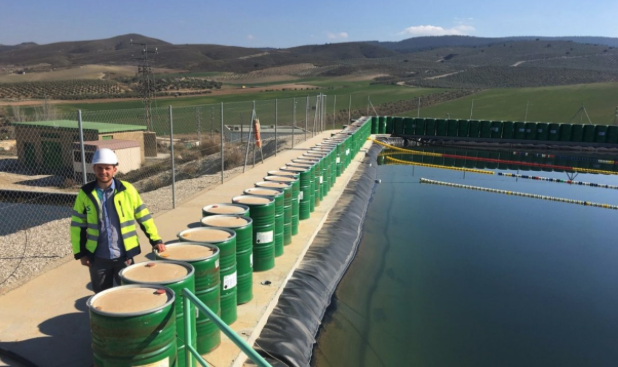Labor and the union movement counter that the gains are failing to flow through to workers in the form of higher wages.
Jobs and Industrial Relations Minister Kelly O'Dwyer told Channel Ten's The Project on October 23 that, although wages growth had not been as strong as people might like, it had been steady over the past decade.
"Over the last 10 years, we've actually seen wages increase by around 30 per cent and inflation increase by around 20 per cent. Certainly, wages haven't grown as fast as people might like, but wages have grown steadily over that period of time."
Have wages grown by about 30 per cent over the past decade, outstripping inflation?
And is it correct that wages have been growing "steadily"? RMIT ABC Fact Check investigates.
The verdict
Ms O'Dwyer's claim is not the full story.
She is entitled to claim that wages have grown, in nominal terms, by about 30 per cent over a decade, outstripping inflation of about 20 per cent over the same period.
However, whether growth has been "steady" is less clear.
Wages have generally (although not always) grown more quickly than inflation on an annual basis, and with less volatility than other economic variables such as company profits.
However, the gains of the past 10 years have been heavily skewed towards the first five years of the decade.
This is particularly the case after using inflation to convert the figures into "real" terms to reflect the rising cost of living.
For example, real wages grew by 5.5 per cent between June 2008 and June 2013, but by just 1.5 per cent between June 2013 and June 2018.
In other words, more than three-quarters of the gains of the past decade occurred the first half, with real wages barely growing during the second half.
Testing the claim
Fact Check has tested several claims relating to wages growth in recent months, including this one, in which former Labor treasurer Wayne Swan said it had taken five years for the Coalition to deliver the same wage growth that Labor had delivered in just one year of government.
As previously noted, a closely scrutinised measure of wage movements is the wage price index, produced by the Australian Bureau of Statistics.
The index measures changes in hourly wage and salary costs for a given job, and is unaffected by changes in the quality or quantity of work performed, or changes to the structure of the jobs market.
As a result, it's commonly seen as a stable and reliable series for examining changes in wages over time.
The ABS also publishes average weekly earnings figures, providing a quarterly snapshot of average pay packets.
This is useful for examining average earnings at a particular point in time.
However, as the bureau notes, average weekly earnings can be affected by changes to the composition of the labour force, including the mix of full and part-time work, and casual and permanent work.
They can also be affected by structural changes; for example, a long-term increase in the share of service sector jobs.
For this reason, Fact Check will rely on the wage price index as the key measure of wages growth over time, bearing in mind this not the only measure, and that there are different ways to dissect the figures.
View the full FactCheck.








